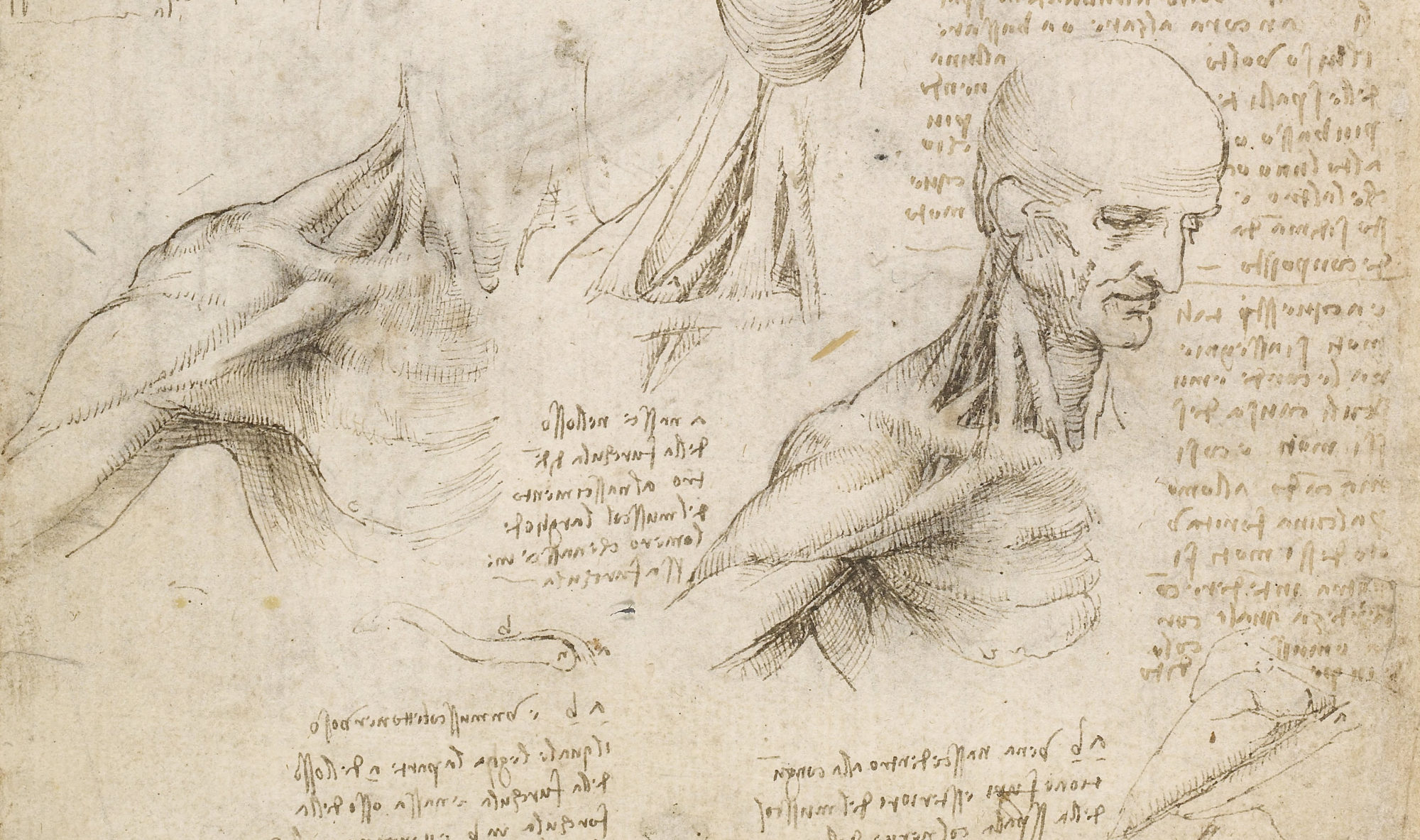I just recently changed my cloth banded cheddar into a vacuum bag. I decided on making cloth banded cheddar again and this time allow it to grow mold. These are the unique steps and learnings the cheddar has.
The beginning of the process is almost identical to the other cheeses I’ve made. What separates cheddar is the unique cheddaring process, where the curds are cut into strips, layed on top of each other and turned to expel more whey.
The cheddaring process when making cloth banded cheddar
So after the initial break has been performed, I separated the curds from the whey simply by pouring them all in a colander.

At this stage, the curds are relatively soft (as in opposite of firm) and can be manually squeezed to expel whey. The big mass of the curds is cut into 1x1cm thick strips and laid in a zig-zag pattern on top of each other. The mass of the curds helps to expel more of the whey and the 38C incubation helps the starter to get its bearings right for the maturation.

Once the curds have been flipped over a dozen times (eight to be exact – one flip every 15min for 2 hours), the curds are diced into cubes and salt is mixed in.
Help from a neighbour
So that was the theory. However, I completely forgot to schedule my cheese making. Even though I started early in the morning but didn’t calculate how long it was going to take. I had to leave to my kids’ cousin’s birthday and I started to worry (read panic) that what will happen to my cheese-to-be.
I was wheying (hah, pun intended!) my options and was thinking on either putting the curd mass to a refrigerator to prevent any excessive microbial activity, or cutting the cheddaring process short an djust salting the curds already.
But thanks for best neighbours ever! I managed to talk my neighbour into flipping the curds. That should give me additional time to decide on how to pause the process while I’m away. I left for the birthday party and totally forgot about the cheese, until my neighbour called in and asked what to do now that the flipping schedule was complete. He agreed to dice the curds and mix in the salt I had earlier weighed in a small cup. So after he had salted the curd cubes, they were left in room temperature for about 45 minutes before I came back home.
I then continued to press the curds.
Back to the process
I placed the salted curd cubes in a cheese mold and pressed for 15 minutes. Turned the cheese around in the mold and pressed for 12 hours. Turned the cheese around one more time and pressed for 24 hours.
I don’t have a proper cheese press, and earlier I used everything ranging from desks and big buckets of water as weights. The biggest realization has been, that I can use a woodworking clamp to get the required pressure on pressing the cheese. The clamps work like a charm!

After over 36 hours of pressing, I took the cheese from the mold and cut away the ugly squeeze marks. I then placed the cheese on a bamboo sushi mat to dry the surface. I turned the cheese twice during the day to facilitate proper drying and even distribution of liquids and fats in the cheese.

Cloth banding
The cheese is covered with a cheese cloth. I used a food safe fiber cloth that I soaked in coconut shortening. I first applied a small circle to the top and bottom of the cheese. Then, I cut a long thin strip that goes along the side of the cheese cylinder.
Having the banding ready, I placed the cheese in my fridge to mature and wait for the first signs of molds to appear.

I’ll keep you posted

